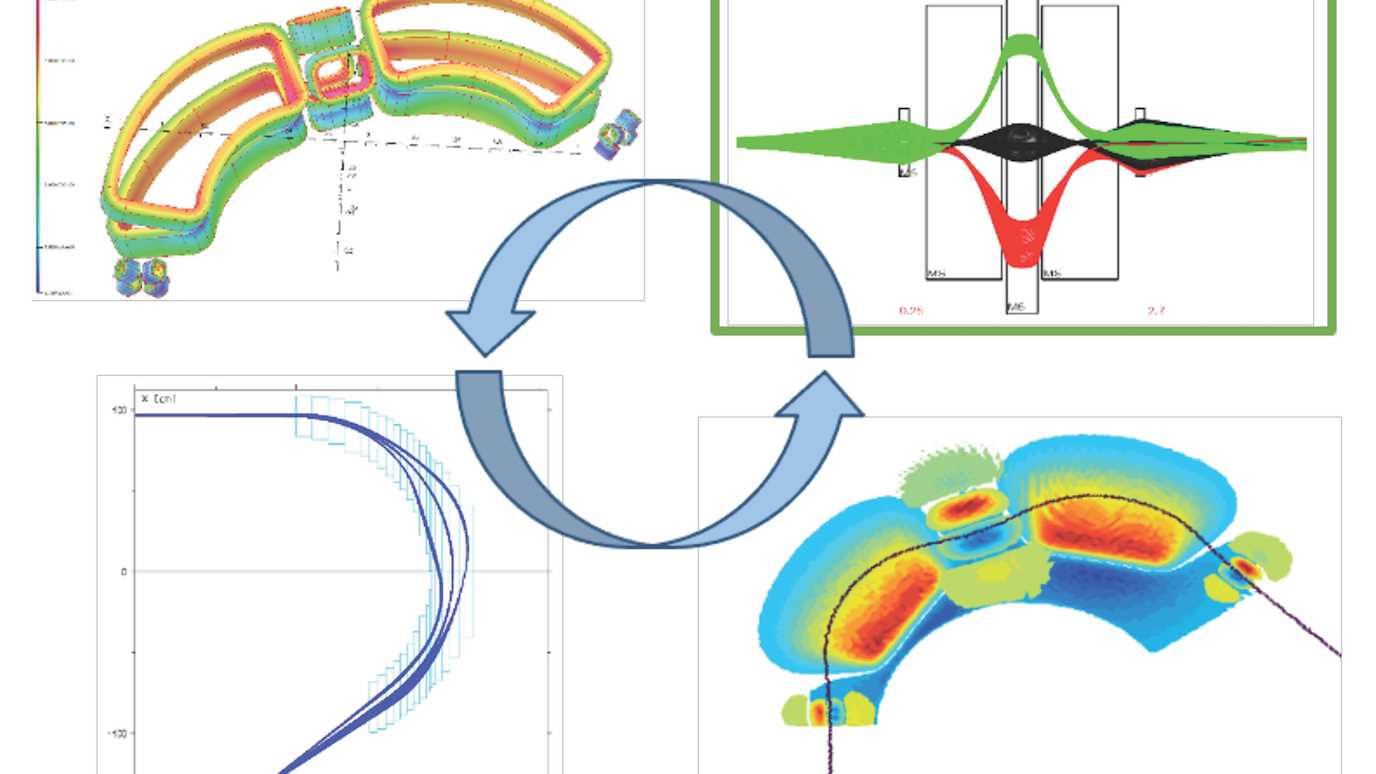Dr Alexander Gerbershagen (Particle Therapy Research Center - PARTREC)
Superconducting magnets are a very promising technology for the use in the domain of medical accelerators. They could be deployed to lower the weight, size and power consumption of the facility, and with it its overall constructional and operational costs. However, when designing beam lines based on superconducting magnets, a number of challenges needs to be overcome. I addition to technical and organizational issues like the risks of quenching and the need for highly specialized know-how, the design and simulation of the beam optics is a complex endeavour. Strong fields, extended fringe fields, absence of field-shaping iron and large aperture-to-length ratio make these magnets to highly non-linear systems. Most codes designed for linear algebraic beam line simulations (e.g. MADX, Transport, COSY Infinity, WinAGILE) are not well suited to simulate such magnets. On the other hand, particle tracking codes (e.g. BDSIM, OPAL, Track) are excellent in simulating particle propagation in complex fields, but lack effective matching algorithms capable of finding optimal solutions for the delivery of desired beam distribution. And all those codes do not poses the numerical magnetic field simulation capabilities of the dedicated magnet development codes (e.g. OPERA). The current presentation summarises the workflow of complementary code use performed at Paul Scherrer Institute for the design of a potential future superconducting gantry.





















